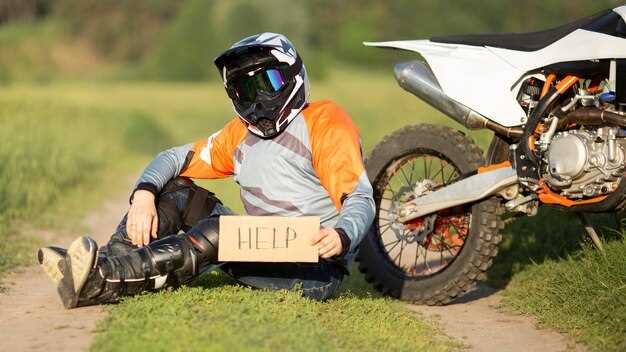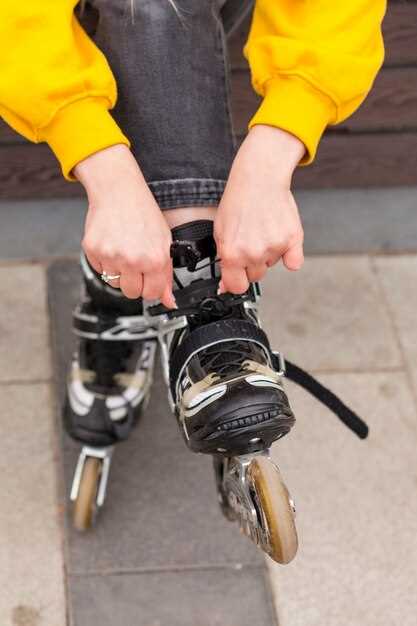
Preparing your motorcycle for its first track day is an exhilarating journey that requires careful planning and attention to detail. The thrill of racing your bike on a closed circuit is unmatched, but it’s essential to ensure your bike is in optimal condition before you hit the track. This preparation not only enhances your safety but also maximizes your performance.
In this article, we will guide you through the vital steps needed to get your bike ready for an unforgettable track day experience. From conducting a thorough inspection of your motorcycle to choosing the right gear, we will cover everything you need to know to make your debut on the track both enjoyable and safe.
Whether you are a seasoned rider or a newcomer eager to unleash your potential, understanding the nuances of track day preparation is crucial. So, let’s dive into the essentials that will help you embrace the adrenaline rush of the track with confidence and enthusiasm.
Inspect and Prepare Key Components for Track Performance

Before hitting the track, it’s essential to systematically inspect and prepare your motorcycle’s key components to ensure optimal performance and safety. Here is a detailed guide on what to focus on:
- Tires
- Check tire pressure: Ensure it’s at the recommended PSI for track use.
- Inspect tread depth: Look for adequate grip; consider using track-specific tires.
- Look for signs of wear: Check for any cracks, cuts, or uneven wear patterns.
- Braking System
- Inspect brake pads: Ensure there is sufficient material left for hard braking.
- Check brake fluid: Top off or replace if it’s discolored or has absorbed moisture.
- Test brake operation: Ensure that both front and rear brakes engage smoothly without any sponginess.
- Suspension
- Inspect fork seals: Look for any leaks that could affect performance.
- Check preload and damping settings: Adjust according to your weight and riding style.
- Test for smooth operation: Ensure the suspension moves freely without any binding.
- Chain and Sprockets
- Check chain tension: Adjust to the manufacturer’s recommended specifications.
- Inspect for wear: Look for stiff links or excessive elongation.
- Lubricate chain: Use appropriate chain oil for better performance and longevity.
- Fluid Levels
- Check engine oil: Ensure it’s at the correct level and change it if necessary.
- Coolant level: Inspect and ensure the cooling system is adequately filled and functioning.
- Transmission fluid: Verify the level and quality if applicable to your bike.
- Electrical Components
- Inspect battery: Ensure it’s fully charged and connections are secure.
- Check lights and indicators: Make sure all are functioning properly for safety.
- Examine fuses: Replace any blown fuses that might affect system performance.
- Bodywork and Safety Gear
- Inspect bodywork: Ensure there are no loose or damaged parts that could come off during riding.
- Check levers and controls: Make sure they operate smoothly and are adjusted to your preference.
- Verify safety gear: Ensure your helmet, gloves, and riding suit are in good condition and provide adequate protection.
Thoroughly checking and preparing these components can significantly enhance your performance and safety during your first track day. Always consult your owner’s manual for specific recommendations and adjustments based on your motorcycle model.
Select the Right Tires and Adjust Tire Pressure

Choosing the right tires for your bike is crucial for optimal performance on the track. Track-specific tires are designed to provide maximum grip and stability at high speeds, offering enhanced handling characteristics compared to standard street tires. Look for tires marked as ‘track’ or ‘race’ tires, which often feature softer compounds that require warm-up time to achieve their peak performance.
When selecting tires, consider the weather conditions expected on your track day. For a dry track, slick tires or tires with minimal tread will provide superior grip. Conversely, if there’s a chance of rain, opting for tires specifically designed for wet conditions is essential, as they feature deeper treads to channel water away and maintain traction.
Adjusting tire pressure is equally important and should be tailored to the specific tires you choose. Incorrect tire pressure can lead to decreased performance and increased risk of tire failure. For track use, it’s common to lower tire pressure compared to street settings. Most track tires operate best between 28-30 PSI when hot, but it’s crucial to consult the manufacturer’s recommendations for your specific tires.
Before heading out, check tire pressure using a reliable gauge. Measure the pressure when tires are cold to get an accurate reading. After a few laps, tire pressure will increase due to heat buildup, so monitoring it periodically throughout the day is necessary to ensure optimal performance and safety. If tire pressure exceeds the recommended range, adjust it accordingly to maintain consistent handling and grip.
Understand Track Etiquette and Safety Protocols
Participating in a track day can be an exhilarating experience, but it comes with responsibilities. Understanding track etiquette and safety protocols is crucial for ensuring a safe environment for all riders. Here are key points to consider:
Respect the Rules: Every track has its own set of rules and guidelines. Familiarize yourself with these regulations before arriving. Pay attention to flag signals, pit lane procedures, and any specific track markings.
Maintain Awareness: Always be aware of your surroundings. Keep an eye on other riders and be mindful of your position on the track. Use your mirrors frequently and signal your intentions clearly when changing lines or entering the pits.
Respect Riders’ Space: Keep a safe distance from other motorcycles. Drafting or tailgating can lead to dangerous situations, especially in corners or during braking. Respect the racing line of faster riders and allow them to pass safely.
Mind the Flags: Track flags communicate vital information regarding track conditions. A green flag indicates all clear, a yellow flag warns of potential hazards, and a red flag signifies a complete stop is required. Learn what each flag means and respond accordingly.
Pit Etiquette: When in the pits, maintain a steady pace and be cautious. Always look out for mechanics and other riders. Use hand signals when exiting the pits to indicate your direction, and signal your intention to merge back onto the track.
Wear Proper Gear: Safety equipment is non-negotiable. Invest in high-quality gear including a full-face helmet, gloves, protective jacket, pants, and boots. Ensure all gear is properly fitted and meets safety standards for track use.
Stay Calm and Focused: A calm mindset enhances performance and safety. Avoid aggressive behavior and focus on your riding. If you feel overwhelmed or fatigued, consider taking a break before returning to the track.
By following these principles of track etiquette and safety protocols, you contribute to a positive atmosphere and enhance the experience for you and fellow riders. Always prioritize safety and ride responsibly.